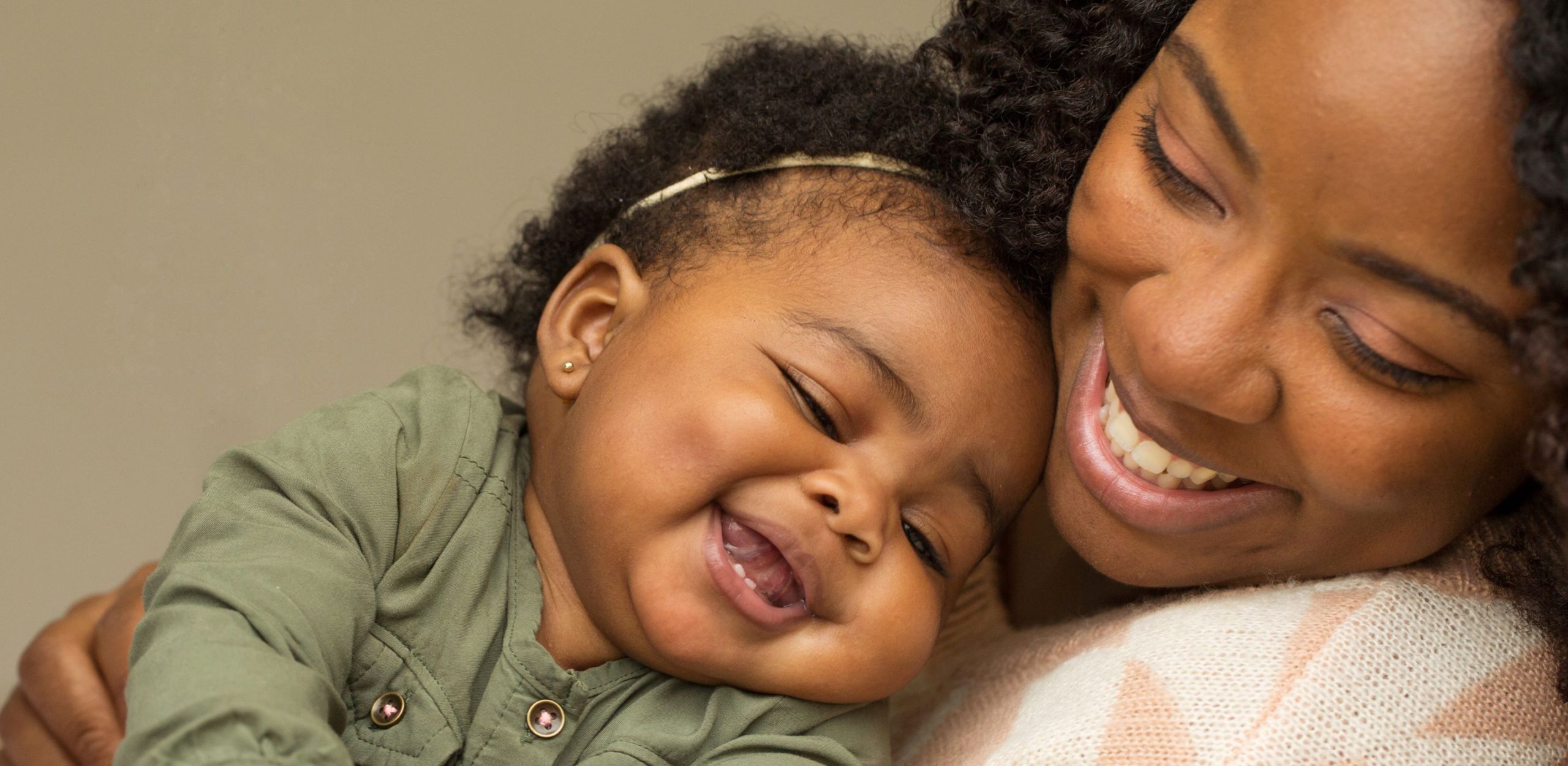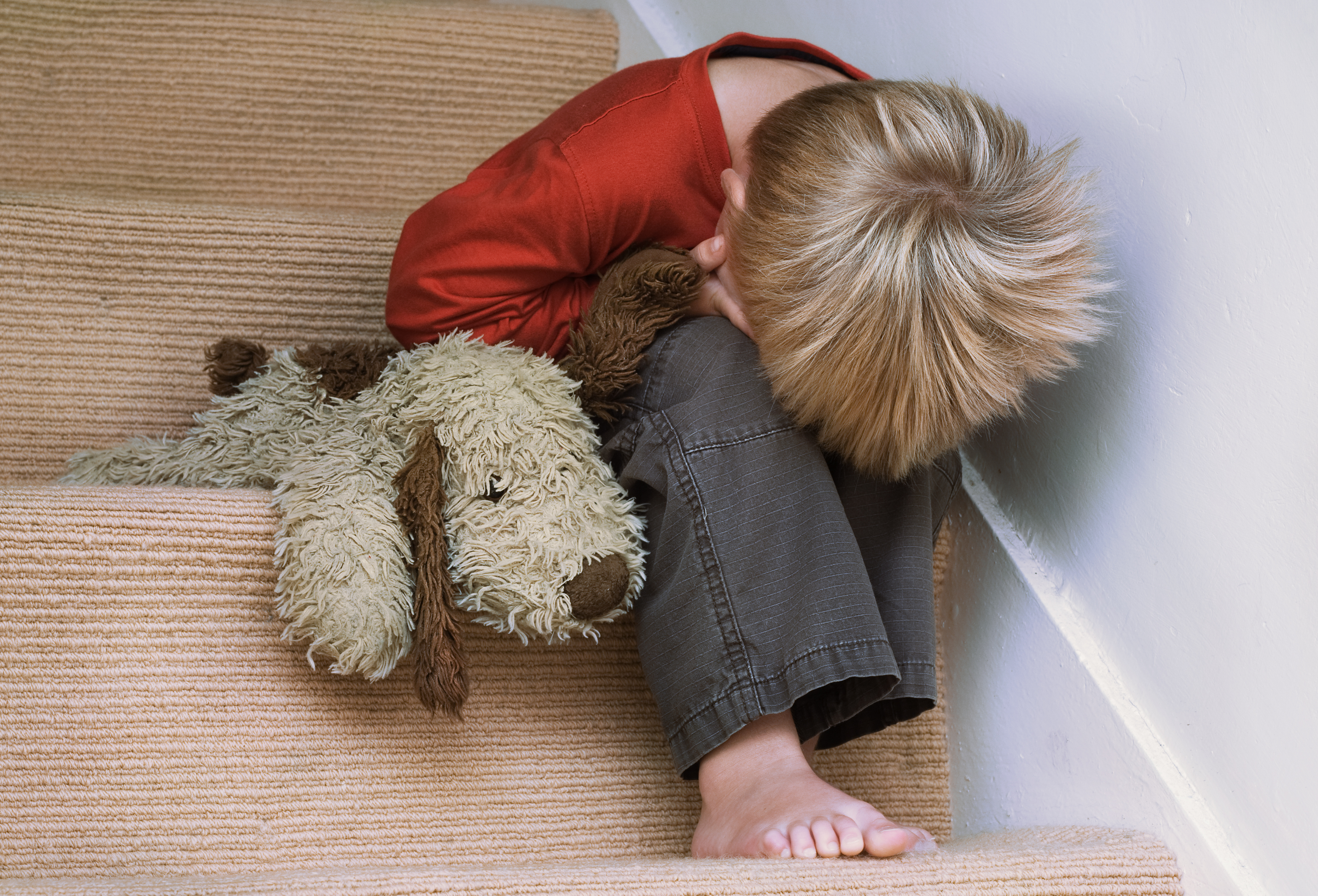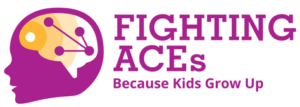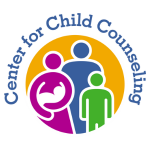
Anyone who has ever looked into the intense stare of a newborn baby knows that human beings, from infancy, seek connection. The bond between a baby and its caregivers (usually mom and dad) is one of the strongest of all relationships. It’s the relationship on which all future interactions with others will be based. We are social creatures and much of our communication is nonverbal. This means we rely on body language, gestures, tone of voice, and other subtle clues in addition to the actual words we use to convey the meaning of what we're saying. Babies are attuned to all these forms of communication long before they have the capacity to speak.
From the moment a child is born—in fact long before then, in vitro—they are connecting with their primary caregivers and siblings. Scientific research shows that the degree of connection a child experiences in the first crucial years of life sets them up for success or challenges for the rest of their lives. Let's explore why attachment is so important and why failure to attach as a result of childhood adversity can become a barrier to lifelong health and well-being.
Types of Attachment
Infant and early childhood attachment can be divided into four types:
- Secure
A child feels secure when their needs are met by their caregivers, consistently and lovingly. A child with secure attachment learns that they are important and that adults can be relied upon and trusted. - Insecure
A child who experiences poor attachment feels insecure and unsafe in their environment. They learn that their needs are not met consistently, and they may become either anxious/resistant or anxious/avoidant types. - Disorganized
When the attachment is inconsistent (meaning that sometimes the child's needs are met and they are comforted and sometimes they are ignored and become frightened) attachment feels unreliable. The child feels fearful and mistrustful and may show several responses from freezing in the presence of their caregivers to desperately clinging to them. - Disrupted
When a child does not have a consistent primary caregiver, attachment is especially unreliable. This can occur when children are abandoned, neglected, or shuttled between different parents/caregivers and between a variety of homes without stable relationships.
You can learn more about the different attachment styles here.
Clearly, secure attachment offers a child the best opportunity for a healthy start in life.
Secure attachment offers three major benefits:
- It gives the child a solid sense of security
- It helps a child learn to regulate their emotions, experience happiness, and self-calm
- Offers a good, safe “base camp” from which to explore the world
Sadly, the opposite is also true. A child who has failed to attach securely to his or her caregivers may show developmental impairment, both neurologically and behaviorally. This child may demonstrate learning difficulties and find it hard to form relationships with other children and adults. These issues may plague a child as they grow and manifest as severe issues in adulthood.
Be Aware of the Signs
What early signs can you look for that might suggest a child has had difficulty with attachment? In infants and toddlers, you may see a lack of emotional response or little interest in responding to sights, sounds, or touch. They may reject touch and avoid playing with others. They may find it very hard to soothe themselves or calm down; they may avoid being comforted.
Slightly older children, those of preschool age or in kindergarten, for example, may not wish to play with others; they may not communicate well and often have poor language skills. They may fight frequently with other children and not consider the needs of others. Attachment disorders can result in a child feeling fearful or on-guard at all times. Significantly, they often do not turn to adults for help and this reluctance to trust and bond can further burden the caregiver/child relationship.
Our manual and online training A Way of Being with Children: A Trauma-Informed Approach to Building Resilience dedicates sections to attachment and the neurosequential development of children’s brains to help you better understand the crucial need for security during the first few years of life.
Attachment and ACEs
 Clearly, the negative consequences of poor attachment show up early and can last throughout the lifespan. So, where do Adverse Childhood Experiences (ACEs) and attachment intersect? When we look at the original list of 10 ACE questions first identified in studies conducted in the mid-1990s, we can identify areas of abuse, neglect, and household dysfunction that contribute to childhood adversity. It is not hard to look at these situations or experiences and see how secure attachment is unlikely to happen in homes where these circumstances are present.
Clearly, the negative consequences of poor attachment show up early and can last throughout the lifespan. So, where do Adverse Childhood Experiences (ACEs) and attachment intersect? When we look at the original list of 10 ACE questions first identified in studies conducted in the mid-1990s, we can identify areas of abuse, neglect, and household dysfunction that contribute to childhood adversity. It is not hard to look at these situations or experiences and see how secure attachment is unlikely to happen in homes where these circumstances are present.
For example, in a home where the primary caregiver has been incarcerated and so is absent, attachment between that caregiver and their child simply cannot occur. The ACE is incarceration of a parent or caregiver, but poor attachment is the result.
For another example, in a home where severe substance abuse is prevalent, the substance abuser may well be unavailable or incapable of forming secure attachment with their child. While the ACE is substance abuse on the part of the caregiver (and possibly neglect), once again the result may well be poor attachment.
In a previous blog, we looked into the issue of Adverse Community Environments. Children being raised in neighborhoods with poor community supports, physical danger due to violence, and a lack of opportunity for their parents and caregivers are at greater risk for high ACE scores. These negative environments place a strain on adults’ ability to form attachment with their children. The environment itself, in the home and in the greater community, is simply not conducive to effective attachment.
While we cannot hope to make up all the ground children with insecure attachment have lost, the good news is that we can go a long way to providing attachment lessons and modeling for young children. The most important thing is to be aware that, sadly, many children entering kindergarten and school arrive without the benefit of having formed secure attachments at home. This one simple fact will help teachers and caregivers understand that not all children arrive ready to learn from the same starting place. Many have missed out on crucial stages of neurological development. Studies show these children may require more care, time, and personal attention but, as an adult in their life, you can provide them with the connection they need to thrive.
Cause for Hope
 Even when children have missed out on vital primary caregiver attachment during the formative years, simple connection can go a long way to help them catch up developmentally. The old African proverb: it takes a village to raise a child has never been truer. Positive adult interactions can help buffer the effects of toxic stress in growing children, helping to get their development back on track. Children can benefit from time with well-balanced adults like extended family members, coaches, community leaders, and, crucially, teachers. The realities of modern life, including divorce, job insecurity, financial pressures, and the general increase in population mobility, have taken their toll on the traditional family unit. We now understand that a traditional nuclear family is not the only path to raising successful, happy children, however. Increasingly, studies show that children raised with love, affection, and caring discipline, regardless of who is doing that raising, are likely to enjoy happy outcomes. The key is the quality, patience, and love demonstrated by the caregivers -- no matter who they are.
Even when children have missed out on vital primary caregiver attachment during the formative years, simple connection can go a long way to help them catch up developmentally. The old African proverb: it takes a village to raise a child has never been truer. Positive adult interactions can help buffer the effects of toxic stress in growing children, helping to get their development back on track. Children can benefit from time with well-balanced adults like extended family members, coaches, community leaders, and, crucially, teachers. The realities of modern life, including divorce, job insecurity, financial pressures, and the general increase in population mobility, have taken their toll on the traditional family unit. We now understand that a traditional nuclear family is not the only path to raising successful, happy children, however. Increasingly, studies show that children raised with love, affection, and caring discipline, regardless of who is doing that raising, are likely to enjoy happy outcomes. The key is the quality, patience, and love demonstrated by the caregivers -- no matter who they are.
Why Teachers Matter Beyond Academics
The role of positive, caring adult in a child’s life is increasingly falling to teachers and those working in childcare settings. These men and women form the framework or scaffolding to build strong human beings for the next generation. Teachers often serve as an attachment figure for children; sometimes, they become real-life heroes in a child's life. The importance of this precious role cannot be overstated. Teachers are the models for many children’s first experience of a successful, calm, well-adjusted adult. By providing “secondary attachment” for children who may have missed out on some of the benefits of secure attachment, teachers can become one of the most important people in a child's life, a member of the child's extended family, and a positive example of a successful adult.
As adults, are we doing our best to compensate for poor attachment and childhood ACEs? Are we doing our very best to model well regulated, resilient behaviors? Center for Child Counseling offer lots of ways to provide positive engagement with children in your life from training workshops, to ways to play, to this educational blog series on Fighting ACEs. Let’s focus on how we interact with young minds because we may be the best example to a child who is looking to believe in people again.

Sign up now for news, events, and education about Adverse Childhood Experiences (ACEs) and promoting resilience.
By submitting this form, you are consenting to receive emails from: Center for Child Counseling, 8895 N. Military Trail, Palm Beach Gardens, FL, 33410. You can revoke your consent to receive emails at any time by using the SafeUnsubscribe® link, found at the bottom of every email.
